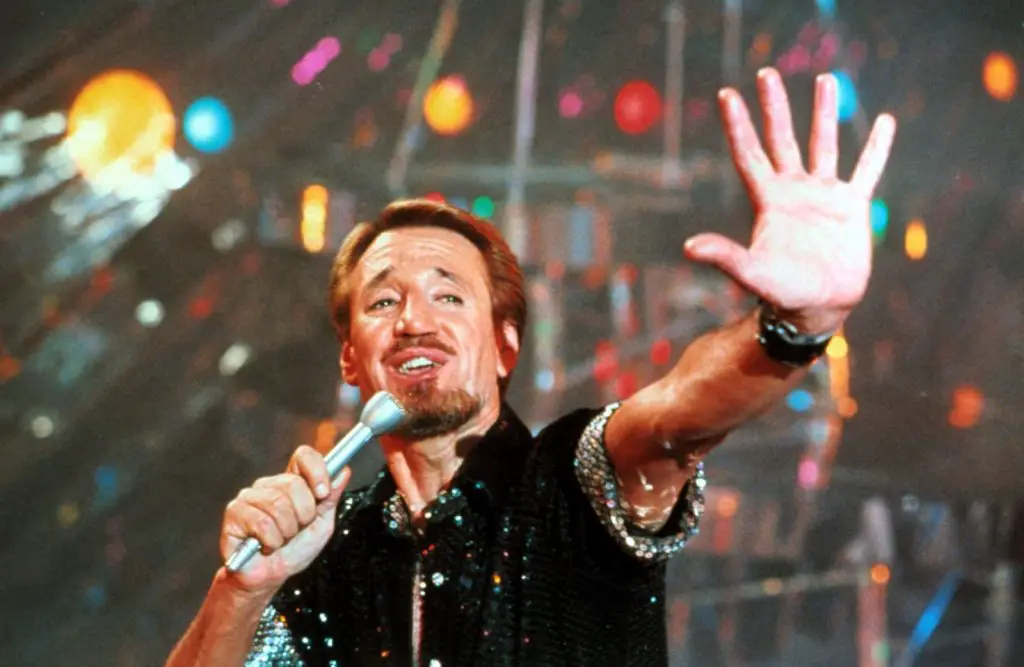
The dilemma that confronts the creative forces trying to build upon a successful film institution like “Alien” is the delicate task of adding a fresh twist to the series’ archetypal elements ingrained in, and expected by the minds of film going audiences. In any “Alien” film, you know that Sigourney Weaver’s Ripley is going to become stranded on a gigantic spaceship, or an out-of-the-way, wasteland of a planet where it’s simply a matter of time before the relentless exoskeletons show up and illustrate their nasty proficiency in dismembering humans. “Alien: Resurrection” is no different, it comes complete with the corporate conspiracy plot and a well cloaked, synthetic droid, who no one trusts. What’s different this time is Weaver. Her Ripley is cloned back to life two hundred years after “Alien 3,” and her DNA has been scrambled with that of the alien inside of her, leaving her with alien tendencies. The rebirth also fragments Ripley’s psyche, turning her normal pillar of moral conviction into an unpredictable, psychotic time bomb. Watching Weaver shed her old Ripley and stretch into her new persona is a piquant pleasure. She makes the transition with a sensual playfulness that defiantly harbors a dark side.
Ron Perlman and Winona Ryder wind up in the mix as space pirates who deliver a valuable payload of biological cargo to a deep space military ship where the alien — extracted from Ripley’s chest — is being bred and trained for some sketchily implied bigger purpose. As with all preceding installments of the “Alien” series, the team of crackpot scientists haven’t learned what they’re up against and in their final act of hubristic folly they enable the slimy incarnation to get loose and go on a gory killing spree, leaving only Ripley’s wily commando to clean up the mess.
Anyone who has seen an “Alien” chapter has come to apprieciate the dark, Gothic opulence of the film’s visual texture, and “Resurrection” is helmed by an exceptional, visual stylist, French import Jean-Pierre Jeunet. And while, Jeunet’s “Alien” is not as stark as his “City of Lost Children,” it is a genuine piece of brilliant imagery in its own right — especially in the creation of the lab sets and imprisonment chambers. Unfortunately, Weaver and Jeunet’s efforts are short changed by the ineptness of Joss Whedon’s script, that seems to find a way to make action sequences unexciting. They are simply void of any real suspense. Yes, Sigourney gets some good “Rambo” lines, but about halfway through the film her alien super powers go dormant. But the biggest inadequacy of the film surprisingly comes from the FXs effort: the plot hatches a new strain of super alien, that embarrassingly looks like a large skeleton with melted white chocolate dripped on it.
Will there be another “Alien?” “Alien 4” has enough thrills to bear box office fruit, but the real key will be Weaver. Her Ripley is the golden goose and without her, there is no “Alien.” As I look into my crystal ball, I see “Alien 5: Earth, the Insurrection.” You heard it here first.
